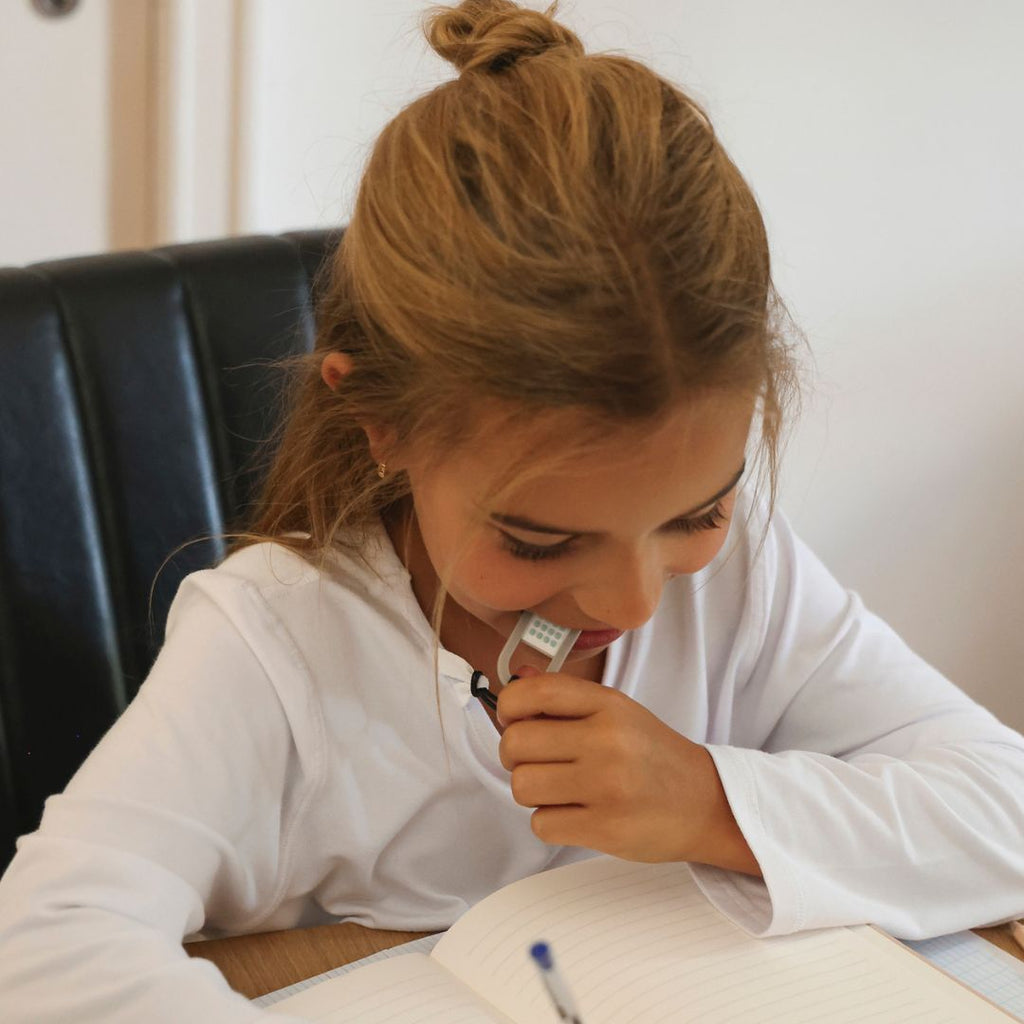The Role of Sensory-Friendly Clothing in Better Learning and Studying
How sensory-friendly clothing improves focus while studying
Some days, staying focused on homework or study tasks just feels impossible. For people with ADHD, autism, or sensory sensitivities, clothing that itches, pinches, or feels uncomfortable can be a constant source of distraction. Instead of focusing on learning, the body is busy coping with irritation and sensory overload. Why Clothing Affects Concentration At first, clothing for studying might not seem important — but what you wear can make a real difference. Rough seams, scratchy fabrics, or tight fits send continuous sensory signals to the brain. This ongoing input can cause sensory overload, making it harder to concentrate or retain information. Soft, comfortable clothing helps the body relax. When the skin doesn’t register constant irritation, the nervous system calms down, giving the brain more space to focus. From a sensory-processing perspective, people with ADHD, autism, or sensory sensitivity experience the world more intensely because their brains have difficulty filtering out unnecessary input. Each extra sensation — like a tight waistband or a stiff fabric — requires energy to process. By reducing that sensory load through sensory-friendly clothing, the brain can redirect its energy toward learning, thinking, and remembering. Less distraction means more concentration, calm, and joy in learning. Comfort That Boosts Focus Blusss sensory-friendly clothing is designed to reduce sensory distractions and enhance focus. The ultra-soft fabrics, seamless design, and tag-free comfort create a soothing feeling that allows you to study without distraction. It’s not only about comfort — it’s also about confidence. Clothing that feels good and looks good helps you approach learning with a calm mind and a positive attitude. From Experience Before discovering Blusss, many of our students used to study in their pajamas. Why? Pajamas are soft, comfortable, and don’t distract the body. But now that they wear Blusss sensory-friendly clothing, pajamas are no longer needed for focus. These outfits offer the same level of comfort — but with a stylish, confident look.Now studying feels comfortable and empowering, helping students feel calm, focused, and ready to take on the day. Frequently Asked Questions Can clothing affect study performance?Yes. Uncomfortable clothing creates sensory stress and distraction, while soft, sensory-friendly fabrics support calm and focus. What kind of clothing helps improve concentration?Choose breathable, seamless, and tag-free clothing made from soft natural fabrics. Outfits that fit comfortably without pressure points support better focus and sensory balance. Is sensory-friendly clothing also helpful for students with ADHD?Absolutely. Many students with ADHD struggle with restlessness or sensory discomfort. Soft, sensory clothing for focus helps regulate their energy, reduce overstimulation, and improve study concentration.
Continue reading









